Whether you’re looking to upgrade your current security camera setup to one with enhanced bells and whistles or are installing one for the very first time, the myriad options on the market could easily make your head spin.
There’s a lot to consider when selecting the perfect model, especially since the security camera you choose will serve to protect your loved ones and household belongings for years to come.
Before you narrow down your selections, here are 10 security camera features you should be on the lookout for.
1. Indoor vs. outdoor usage
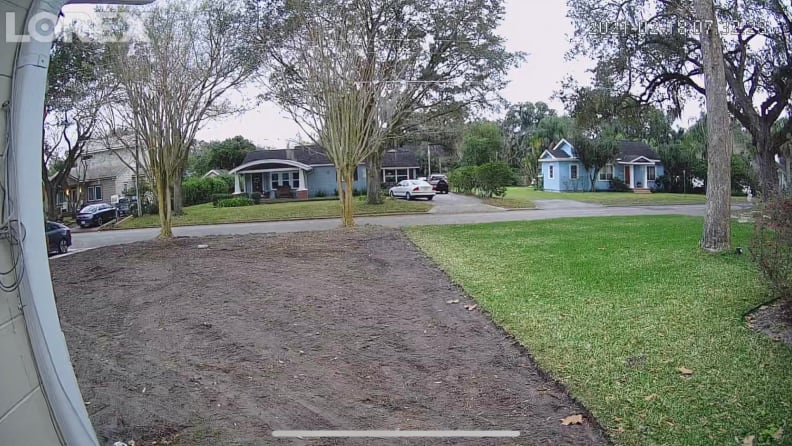
Credit:
Reviewed / Rachel Murphy
If you’re hoping to keep a close eye on targeted areas in and around your home, make sure you’re picking the right camera.
Where you install your security cameras is just as important as the type you choose, as there are at least 10 places to put security cameras around your home to help you keep an eye on every square inch of your property.
Be sure to choose the right security camera for the job: Some are dual-purpose for indoor/outdoor use, while others were not designed to withstand the elements and should only be used indoors.
2. Wired vs. wire-free
The next decision you’ll need to make is whether you want a wired or wireless security camera, and this choice will often come down to whether or not you have a pre-existing wire connected to a power source.
If you do, great—your camera will have a constant power source, and you won’t have to worry about changing batteries. If not, that’s OK too—wire-free setups are easy to install without an electrician and simply rely on batteries (standard or rechargeable) or solar power to stay charged up.
3. Video resolution
In the event that you need to watch your security camera footage back and alert the authorities, you’ll want the best resolution possible — this is especially helpful to catch important details. Choose a product that offers a video resolution of 1080p or higher, which will provide more enhanced detail on facial features and actions.
Great choices include the Arlo Essential Indoor Security Camera, which comes with crisp and clear 1080p HD video, as does the Google Nest Cam (Battery).
4. Field of view
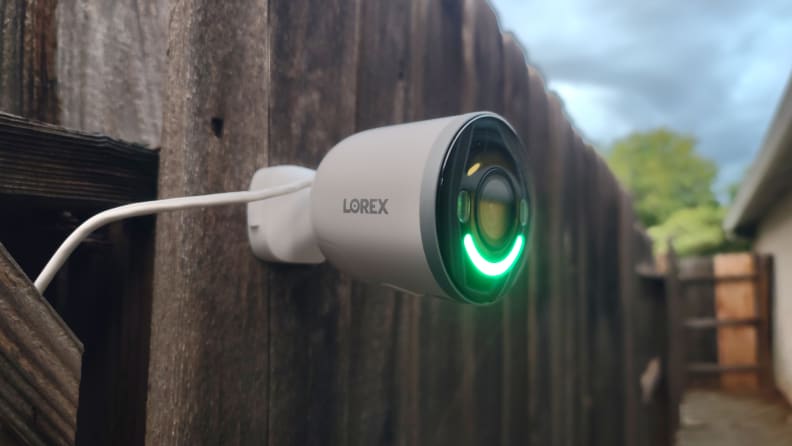
Credit:
Reviewed / Nick Woodard
Make sure there are no blind spots when it comes to your security.
The larger the field of view, the more likely you are to capture every bit of action versus losing some to off-screen areas. Opt for a field of view between 130 degrees and 160 degrees, and you’ll need fewer cameras to cover your entire property.
For example, the Lorex 4K Spotlight offers a 140-degrees field of view and the Arlo Pro 4 Spotlight offers a 160-degree viewing angle.
5. Night vision
Have you noticed how things tend to go bump in the night? Enter night vision, an important security camera feature that can help produce clear images long after dusk and well before dawn. For example, the Arlo Pro 4 Spotlight produces video quality that’s just as clear at night thanks to its color night vision output and built-in, motion-activated spotlight. Similarly, the Eufy SoloCam S40 offers full-color night vision.
6. Cloud storage vs. local storage
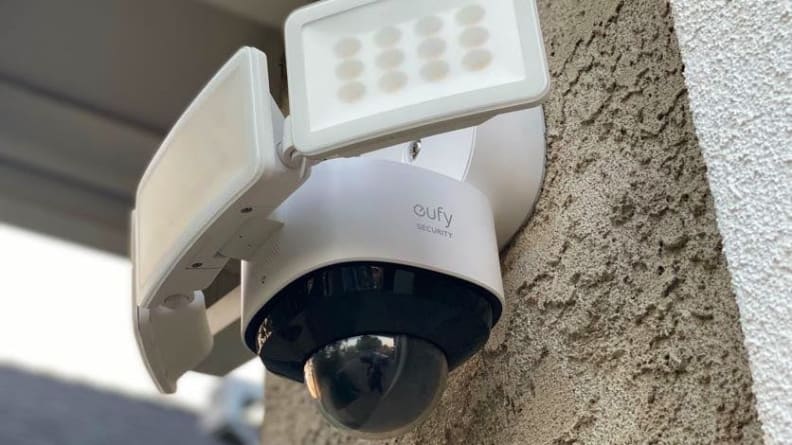
Credit:
Reviewed / Nick Woodard
It’s best to decide if you want a long- or short-term history of footage.
A security camera is practically useless without the recorded history of what happened at your house should something go awry.
One option is local storage, which keeps your footage on your camera without sending any data over the Internet, which is usually more cost-conscious (no monthly subscription fees) and is far less likely to experience data breaches.
However, you’ll be limited to the amount of storage on your microSD card.
The other option is cloud storage, which saves your videos on a remote server. Some cameras record specific events based on the camera’s motion detection, while others offer continuous recording to capture everything.
However, in the event your camera goes offline, nothing will be recorded to the cloud.
7. Multi-factor authentication
Much like the two-factor authentication you’re already familiar with on your social media and banking accounts, multi-factor authentication methods like two-factor authentication in security cameras helps prevent your account from being hacked by alerting you if someone tries to access your account.
You’ll find this privacy feature available in smart home devices from Ring, Google Nest, and Arlo.
8. Privacy zones
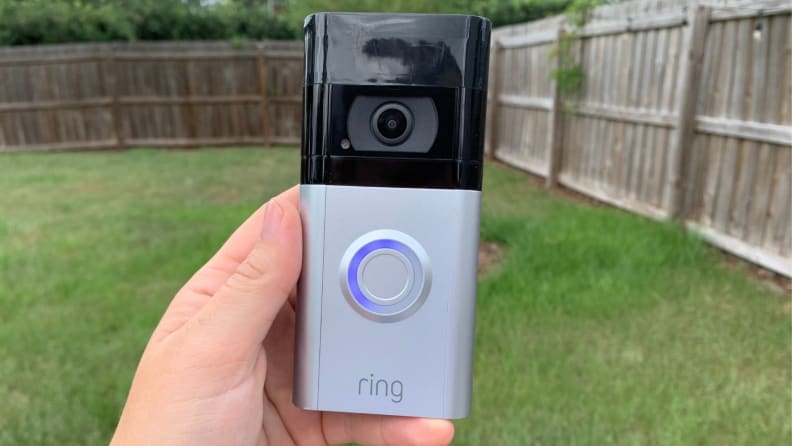
Credit:
Reviewed / Rachel Murphy
It’s possible to have a thorough security camera while also maintaining your privacy.
Don’t need every square inch of the viewing field to be visible to your security camera? That’s why privacy zones were invented. This feature allows you to black out certain “off limits” areas from your outdoor camera’s field of vision (such as your neighbor’s yard) in live view or video recording.
Ring doorbells are known for offering this feature.
9. Facial recognition
The future is here, in the form of facial recognition software being integrated into security cameras. Yes, this means it can tell the difference between your mother-in-law and your neighbor.
Creepy? Perhaps, but this technology is becoming increasingly popular as artificial intelligence gets more sophisticated and less expensive.
Look for this feature in such products as the Nest Video Doorbell (Wired) and the Wemo Smart Video Doorbell.
10. Camera privacy shutter
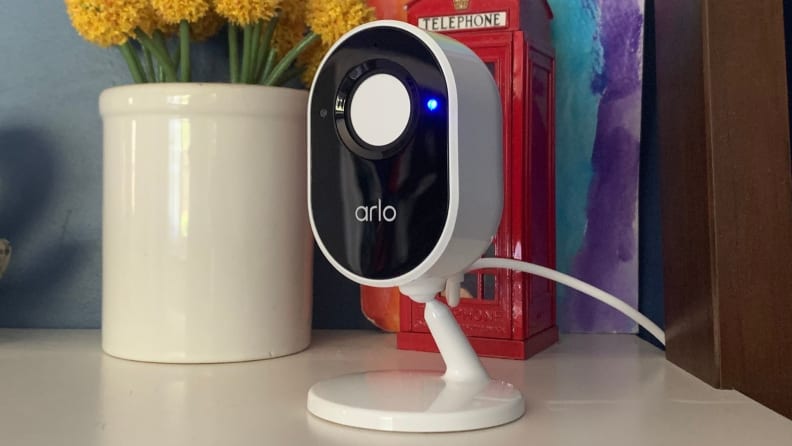
Credit:
Reviewed / Rachel Murphy
The privacy shutter is a cool feature that prioritizes your needs.
Similar to a webcam cover, privacy shutters are a piece-of-mind feature that creates a digital or physical obstruction over the lens of your security camera to help prevent the camera from watching you when you want privacy indoors.
The Arlo Essential Indoor Camera comes with an integrated camera cover that does just that—the physical privacy shield blocks the camera’s lens when enabled (controlled via the Arlo app), ceasing motion and audio recording.
The product experts at Reviewed have all your shopping needs covered. Follow Reviewed on Facebook, Twitter, Instagram, TikTok or Flipboard for the latest deals, product reviews, and more.
Prices were accurate at the time this article was published but may change over time.










